Bogolan: traditional clothes of Mali | African clothing
What is the bogolan?
Word “bogolan” in the Bambara language means “done with the earth.” Indeed, the bogolan is both a traditional fabric and a technique of dyeing originating in Mali. It is a cotton canvas, handmade, with tribal motifs, in yellow and black tones, with touches of red, brown and white.
Origin of bogolans.
Bogolan is a traditional and ancestral know-how, originating in Mali. Initially, it was reserved for the class of hunters, warriors and healers. Several African ethnic groups such as the Dogons, Bobos, Senoufos, Miniankas, Malinkés and Bambaras practiced this traditional art. Then, the bogolan responded throughout West Africa, notably in Guinea and Burkina Faso.
Origin of the bogolan technique is mysterious. According to one legend, a woman clothed in a loincloth dyed with unegalama would have unfortunately stained it with mud coming from the river. When she tried to clean it, she realized that the mud had dyed the cloth of the garment, the tasks had become indelible.
The motifs and colors used had a very special meaning: the motifs could either represent the circumcised, the hunter, the marriage, the girl or the loincloth of the wife. In addition, bogolan tissues were natural antibiotics for circumcised young people.
Manufacture and dyeing of bogolan.
Bogolan is an ancestral technique, which draws its ingredients in nature: water, earth, sun, natural pigments.
Its artisanal production is carried out in several stages:
Bogolan spinning and weaving.
- 1 / The bogolan is a cotton canvas, more or less thick spun and woven by hand. Generally, white cotton is spun by the old women of the village, then it will be woven by men.
The stuff of the bogolan.
- 2 / These strips, about 10 to 15 cm, are passed through a yellow dye bath. Then, they are sewn together, by hand, to form pieces of fabric of variable dimensions large enough to make clothes.
Dyeing of the bogolan.
- 4 / The fabrics are again worked with mineral dyes or vegetable decoctions (the ngalama = leaf of the tree anogeissus leiocarpus) obtained from leaves or bark of crushed trees. This soaking gives shades of ocher and brown.
- 5 / The fifth step consists in collecting the clay, that is to say the mud in the marigot. Then, the clay is left to ferment several weeks in earthen jars. The outline of the motifs is then decorated by hand with a toothbrush, with clay from the rivers of Niger or Bani.

- A process of oxidation between acid tannin, decoction and iron oxide by the earth will interact and leave a dense black and indelible dye. The drying and soaking operations will be repeated regularly to obtain a more pronounced design.
- 6 / Then, the fabric will be dried in the sun and finally washed to remove excess mud. Locally, the fabric will be used to make clothes for the members of the village.
Traditional bogolans play on the yellow-black contrast. But contemporary pieces have been enriched with a touch of white (a mixture of chlorine, shea soap and laundry) or dark red and brown thanks to natural dyes extracted from barks and leaves of local trees.
The bogolan, nowadays.
Marketed in Mali in 1970, the bogolan became known in Western countries thanks to Malian stylist Chris Seydou in his haute couture collections. Thanks to its success, the bogolan is used in western countries and combines modernity and tradition. It inspired many designers and appeared as decoration textiles (bedspreads, tablecloths, curtains, etc.), clothing, shoes and fashion accessories (shirts, skirts, scarves).
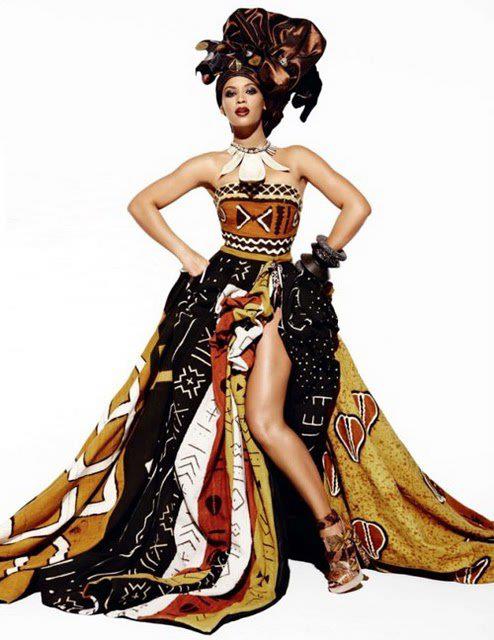
Beyonce en bogolan.




Inna Modja en bogolan.
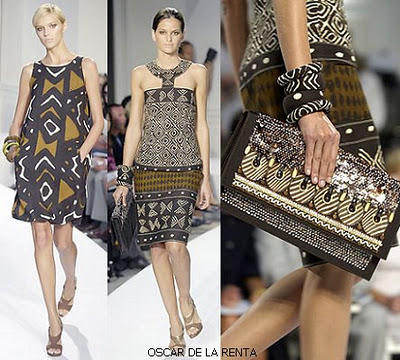
Oscar de la renta collection automne 2008
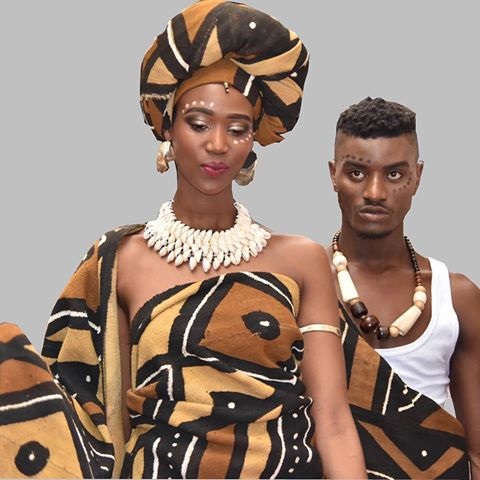
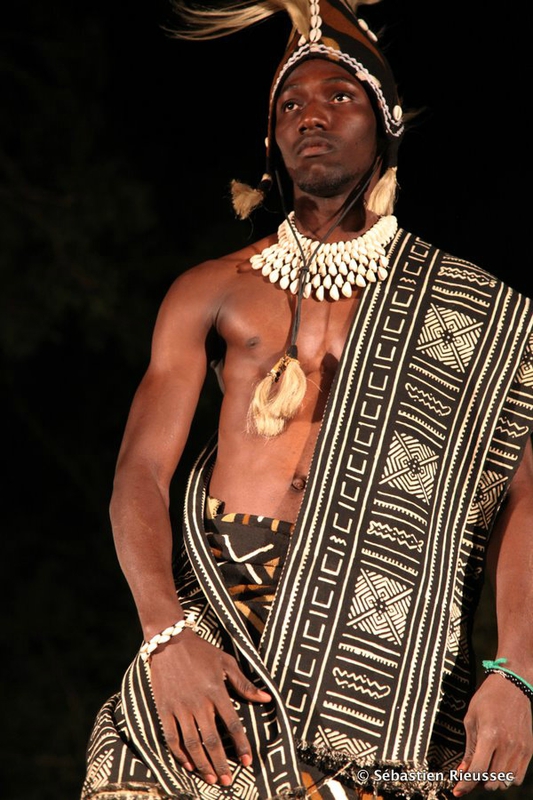
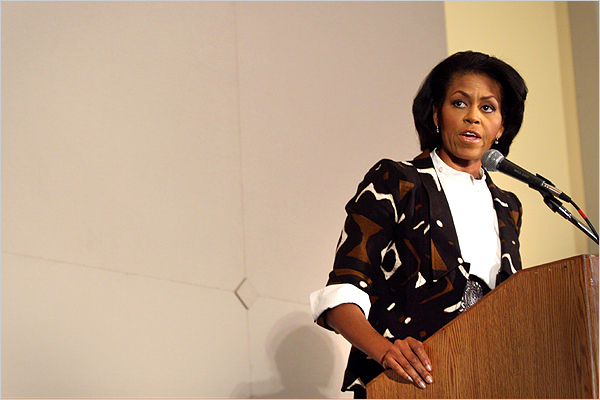
Michelle Obama Bogolan.
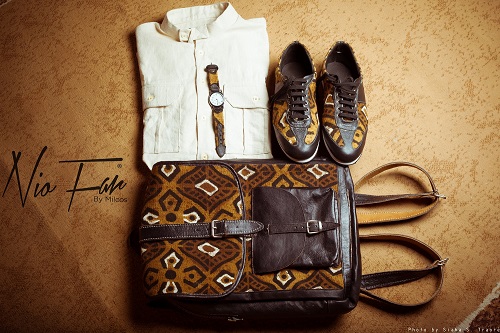

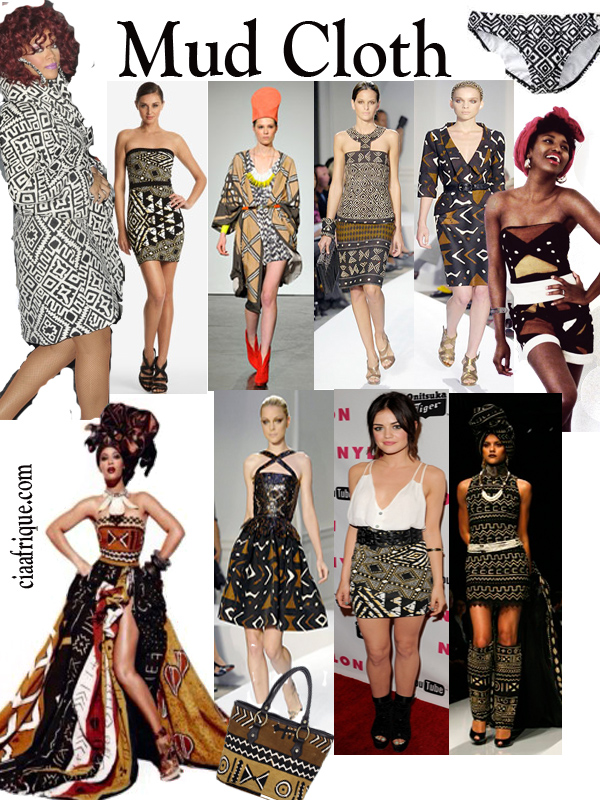
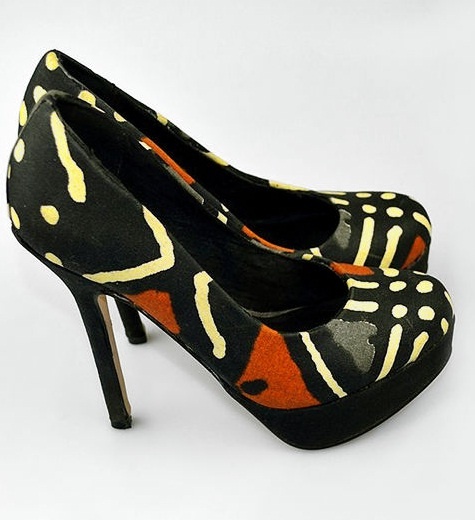

Marina Rinal

What do you think?
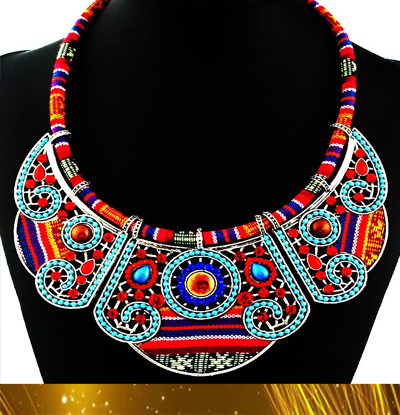
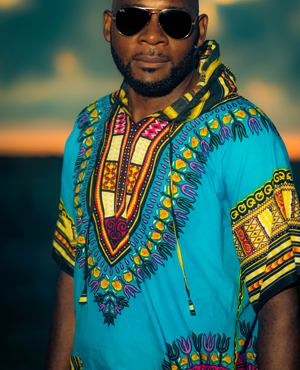

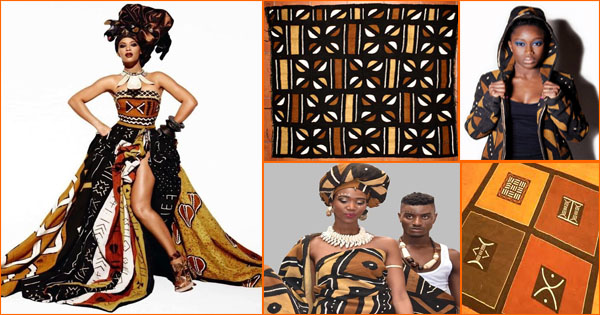



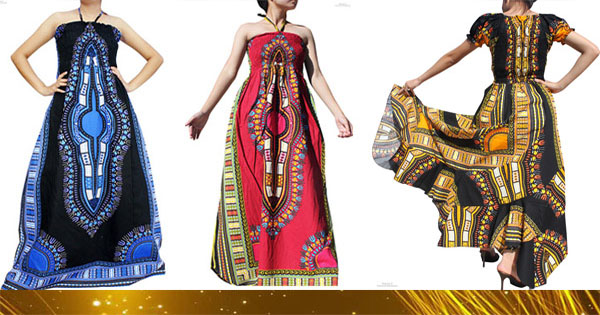
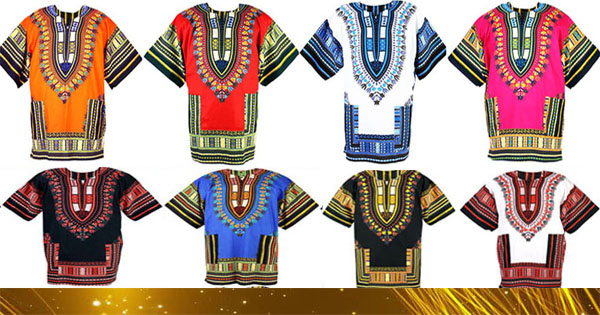
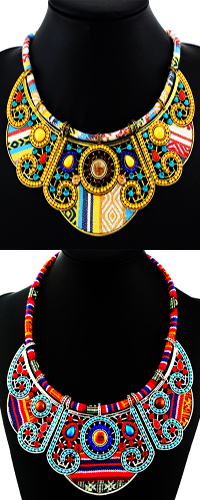


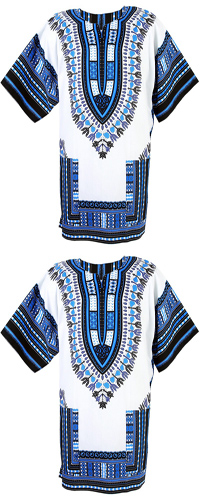
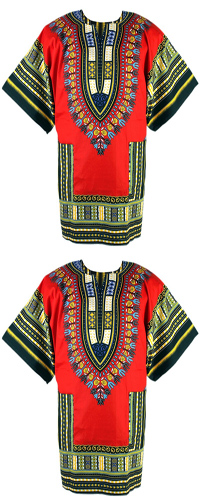
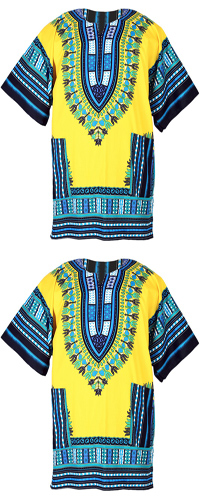
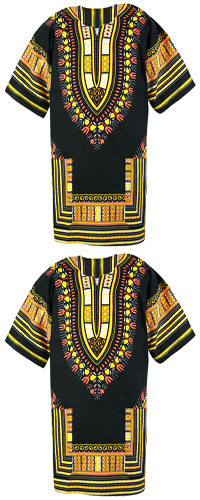


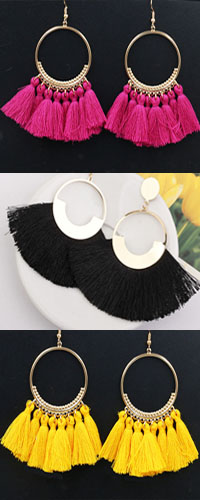
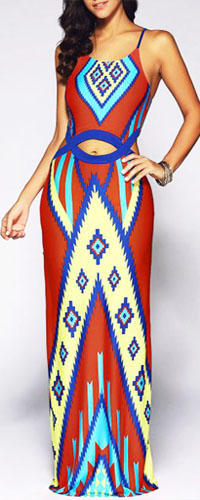
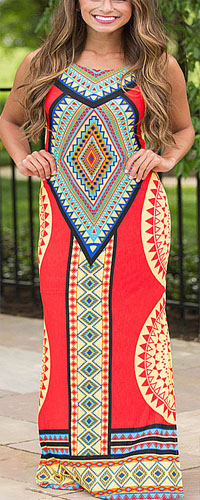
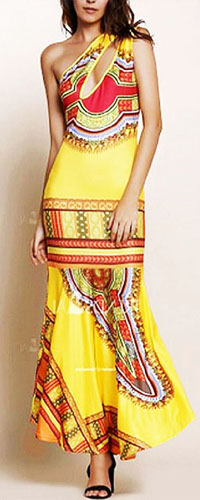

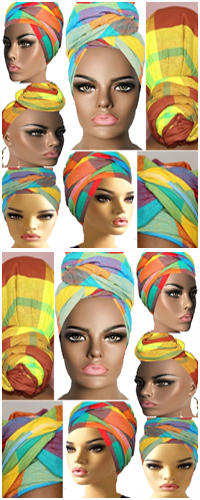
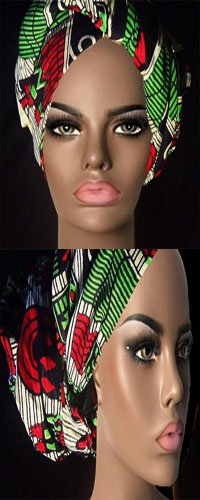







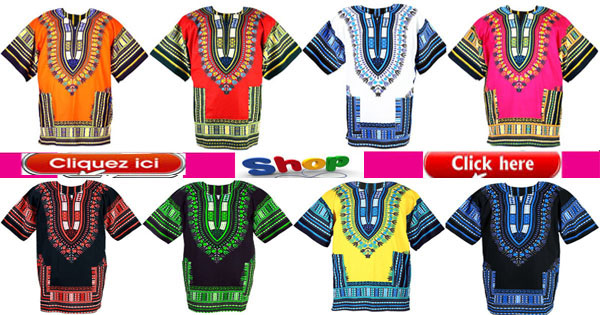
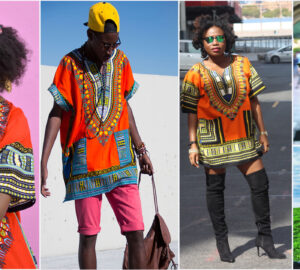
Hello this is Leo Harry. The best advice I have ever come across for starting a clothes line was in an Ebook called “How To Start a Business On a Shoestring”.
I thank you because the article has told me something new.
This a great website and great latest fashion post. I am very inspired from your post. It’ll be very useful for the latest fashion wears and online shopping.
Nice post! This is a very nice blog that I will definitively come back to more times this year! Thanks for informative post.
Your blog is really great and cool post. I am so happy to read this post that contains very good knowledge. I appreciate your work Thanks.
Thanks for this blog you post. It is very helpful to me I hope you post more help from us. Thanks for sharing and keep sharing. Dearborn Denim Apparel Coupon Code
Thanks for great information you write it very clean. I am very lucky to get this tips from you.
This is very educational content and written well for a change. It’s nice to see that some people still understand how to write a quality post.!
Thanks for taking the time to discuss this, I feel strongly about it and love learning more on this topic. If possible, as you gain expertise, would you mind updating your blog with more information? It is extremely helpful for me.
Regards,
Law Case Management Solution